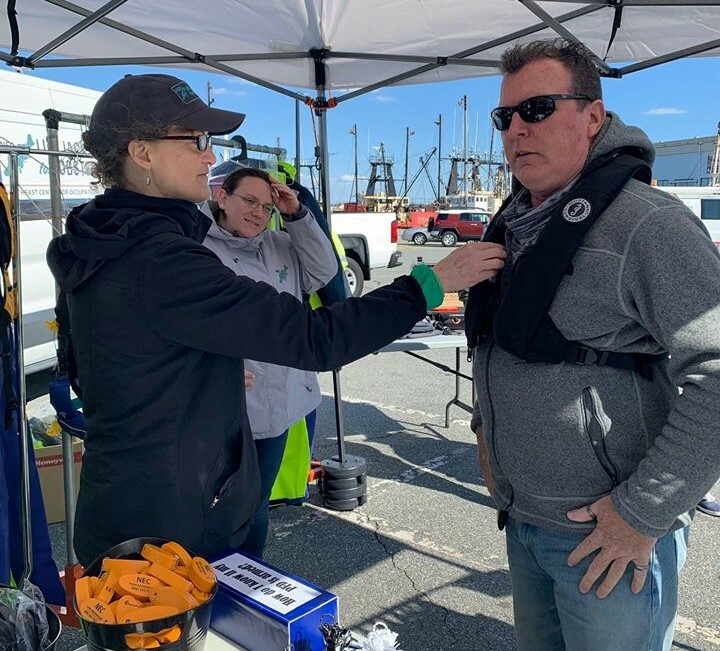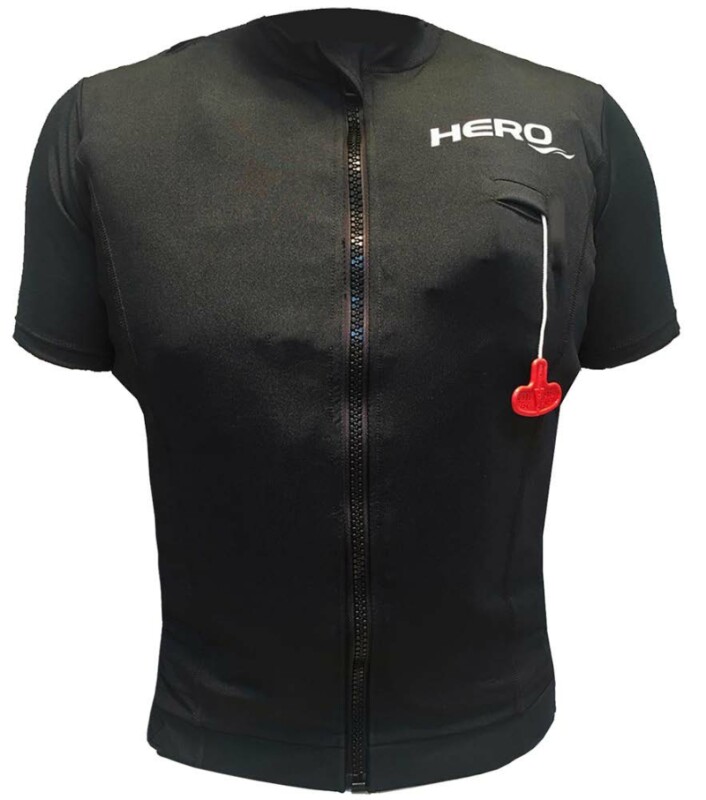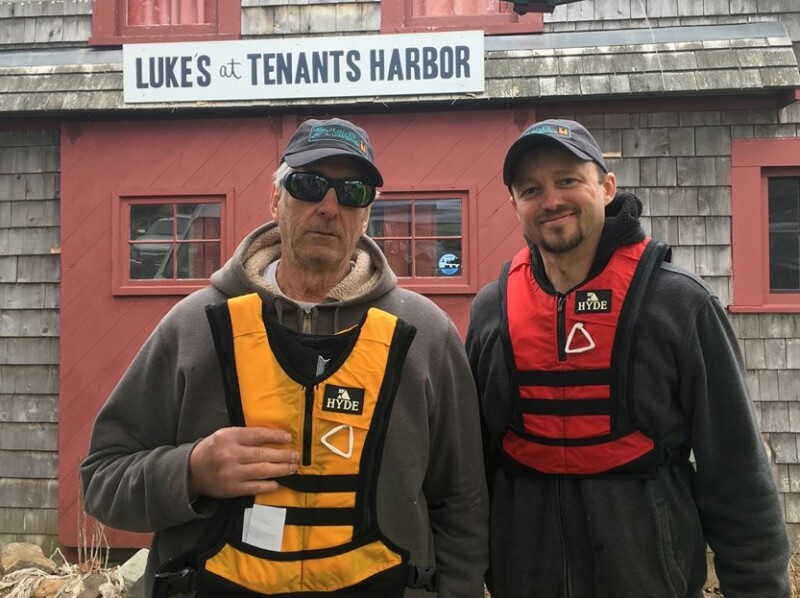It’s no secret that commercial fishing is a dangerous business, with fatalities well above average – in 2008, the number was 129 per 100,000 fishermen, compared to 4 per 100,000 for all other occupations. There are plenty of ways to die in the fishing business, but the second-leading cause is falling overboard. The numbers vary year to year, but between 2000 and 2014, 210 U.S. fishermen died from falling overboard, most times without anyone noticing – and none were wearing a personal flotation device (PFD).
Nonetheless, it’s hard to convince fishermen to wear a PFD. Fishermen’s safety organizations all over the U.S. and Canada strive to address this problem, and one with notable success is the Lifejackets for Lobstermen program launched in 2016 by the Northeast Center for Occupational Health and Safety.
“We started talking to fishermen at various association meetings and finding out why fishermen weren’t wearing life jackets,” says Rebecca Weil, research coordinator at the Center. According to Weil, fishermen complained about lifejackets being uncomfortable and difficult to work in. “We had 181 fishermen trial different life jackets during winter and summer, then we asked them what they liked, what they didn’t like. What we found was that there was no one jacket that worked for everyone.”
Weil and her team took the fishermen’s suggestions and loaded a couple of vans with floatation devices, and then worked their way up and down the New England coast promoting the idea that comfortable, wearable PFDs did indeed exist. “We had guys come along saying they’d never wear a lifejacket,” says Weil. “We said, ‘Just try this one on,’ and they’d try it on and say, ‘Wow, this is not bad. I could work in this.’”

Weil started with eight types of flotation devices, ranging from Stormline bibs with buoyant padding in the chest and knees, to Mustang inflatable vests to Hero inflatable rash guards – essentially tee shirts. “We started with eight items, added another one, so we had nine for the trials, and ended up putting 12 in the vans,” Weil says. “We ended up selling over a thousand to fishermen for half price.”
The big winner among the life jackets wasn’t a jacket at all: Stormline’s Oilskin Fishing Flotation Pants, which feature floatation pads in the bib and knees. “Fishermen liked them because they didn’t have to think about another thing,” says Weil. “Most of them are going to wear bibs anyway.”
While the Stormline pants offered only 11 pounds of buoyancy – which is on the low end of the products being offered – Weil recalls a pretty big fisherman putting on a pair and jumping into the water. “He popped up in 10 seconds,” she says.
Among the most innovative of the life jackets is the Hero Inflatable Rash Guard – the Rashie. “I used one when I was seining,” says Jerry Dzugan, executive director of the Alaska Marine Safety Education Association. “I liked it because I could wear it under my gear, but it was still easy to access the inflator. You can wear it right next to your skin.”
Made by Australia-based Hero Water Wear, the rash guard recently gained U.S. Coast Guard approval. “We won the award for most innovative apparel at ISPO expo in Munich in 2019,” says company founder and president John Scott. “Our representative was wearing one and it looked so much like just a regular shirt that people wear asking her to show them a sample and she said, ‘This is it.’ They were surprised.”

According to Scott, the rash guard was initially designed for people participating in water sports, but fishermen have also taken an interest. “We started out with a half zip pull-over,” he says. “But it was too hard to take off when it was wet, so now we’ve gone to the full zip. We also decided to go down the path of getting U.S. Coast Guard approval, and we’ve got it now.”
Surprisingly, Weil sold only 42 of the very low-profile rash guard, compared to 103 of the Stormline bibs. “They’re very easy to work in,” says Weil. “But you wear them next to your skin, so you have to take them home and wash them periodically. Fishermen said they liked them, but they wanted something they could wear on top of their clothes.”

According to Weil, the initiative has succeeded thanks to fishermen’s involvement. “All of these life jackets were tested by fishermen and picked by fishermen, and that’s why fishermen like them,” she says. The program, Weil notes, has changed its name to Lifejacket for Fishermen, and has been taken over by Fishing Partner Support Services, one of the original program partners. “They do it a little differently,” she says. “They offer a 50-percent rebate so that it gets the retailers involved.”
With technology advancing, finding wearable PFDs is apparently no longer an issue. Nonetheless, the trick continues to be getting fishermen to wear them.







